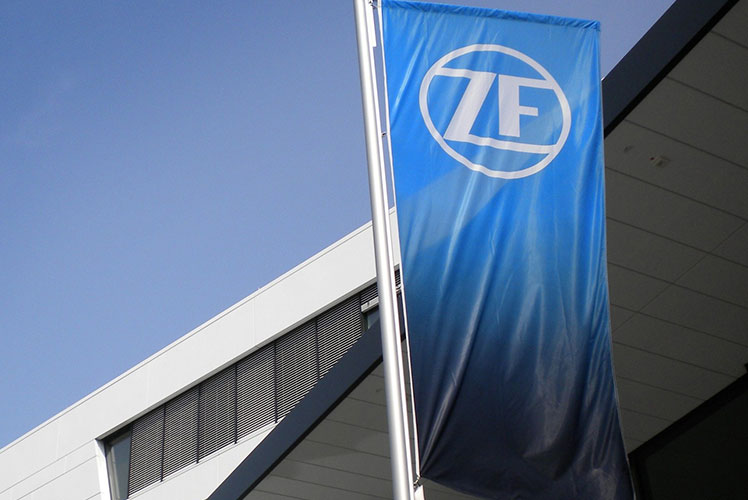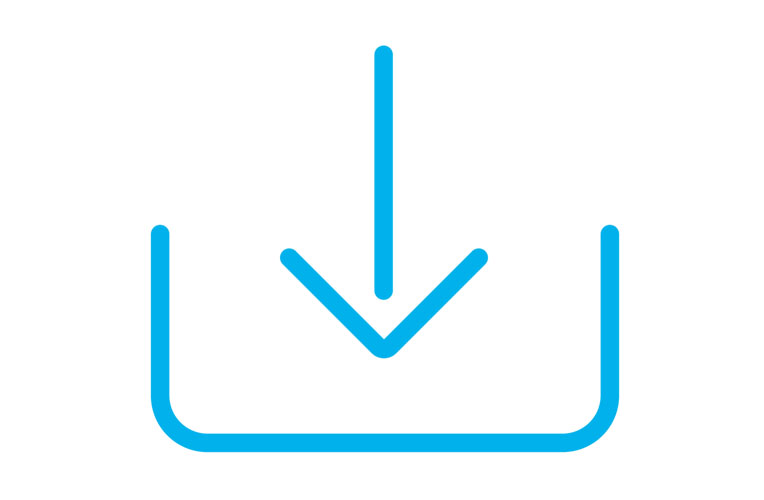Wireless Technology FAQ‘s
What is the meaning of pairing and how does it work?
To connect a wireless transmitter and a receiver, they have to be coupled. This is called pairing. The receiver is switched to pairing-mode by pressing a push button. If a signal is triggered with one or more wireless transmitters, all the transmitters will pair with the one receiver.
Which factors affect the transmitting and receiving reliability?
Transmitting and receiving reliability of wireless signals depends on various factors. In addition to technical values, e.g. transmission power of the wireless transmitter and sensitivity of radio receivers, environmental conditions are essential.
Barriers – like walls and ceilings in buildings – dampen and reflect radio waves affecting the transmission reliability. Interference of radio transmission can be caused by other radio participants when they are using the same frequency bands. Instructions for operation and installation of our wireless technology can be found in the application notes.
How can the transmitting and receiving reliability be ensured?
Barriers – like walls and ceilings in buildings – dampen and reflect radio waves. Therefore it is important to ensure that as few walls and ceilings are between the wireless transmitters and receivers, as possible. To minimize the disturbance caused by other radio participants, the radio telegrams should be transmitted several times. Instructions for operation and installation of our wireless technology can be found in the application notes.
Why do the energy harvesting wireless products use different frequencies?
Basically two factors are important for selecting a frequency: the technical propagation characteristics and regularity and legal aspects. Regarding the technical propagation characteristics, it is generally correct that lower frequencies have a greater transmission range. In addition, the propagation characteristics in buildings get better with lower frequencies. These so-called Sub-GHz-Frequencies, which means below 1 GHz, become therefore very attractive.
Due to national and international regulations not all frequencies can be used everywhere. Only the 2.4 GHz band is based on the definition of the ITU (International Telecommunication Union), a so-called ISM Band. It is applicable all over the world. The 868MHz frequency band is just applicable in Europe and China. In USA and Canada this band cannot be used. In this case it is necessary to use the 915 MHz band.
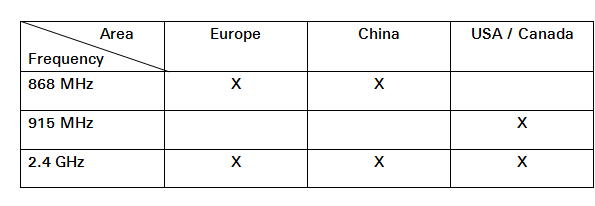
How to get best results with the antenna set up?
The task of the antenna is to radiate the produced transmission power with minimal losses into the surrounding environment (transmitting antenna) or to capture maximum transmission power (receiving antenna). As a consequence, the orientation of the antenna can have a critical effect on the radio characteristics. ZF wireless products use a wire antenna or a PCB antenna. In the case of a wire antenna, the insulated wire leads out of the switch housing. To ensure an optimal radiation it is important that the antenna is not twisted. Direct contact or indirect shielding through metal surfaces should also be avoided. This also applies for products with an integrated antenna that is directly implemented into the conducting path on the electronic board. For these products you will find information with regard to the installation in the respective application notes.
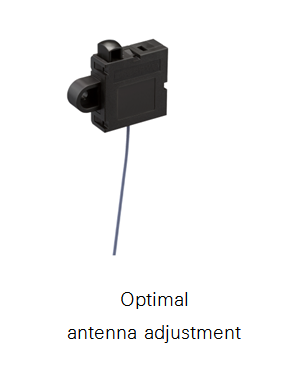
Is it possible to reduce the length of the wire antenna?
The so-called resonance frequency is a very important factor of the antenna construction. At this resonance frequency the losses from the antenna are minimal. The resonance frequency is usually the requested communication frequency and confirmed in the settings by the radio chip. The antenna was precisely designed for this frequency which means the length of the wire antenna corresponds exactly to the constructive design. Therefore, reducing the length of the antenna will lead to transmission losses and should be avoided.
What is the difference between unidirectional and bidirectional communication?
The radio communication could either work from transmitter to the receiver (unidirectional) or from the transmitter to the receiver and reversed (bidirectional). A bidirectional communication is useful if the transmitter sends, providing that it receives an acknowledgement from the receiver.
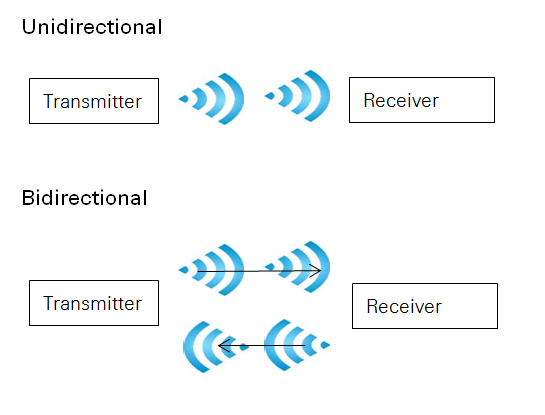
Is it possible to use ZF wireless switches for bidirectional communication?
The wireless switch produces electrical energy through the actuation or release of the inductive generator. The entire electrical energy produced is required for the transmission of one or more radio telegrams. No energy remains. There is no energy left for the receiving of radio telegrams. The ZF wireless switch is only capable of unidirectional communication.
Which radio protocols are supported?
The ZF wireless switch products for industrial applications and the generator module support standard protocols KNX-RF, ZigBee Greenpower and EnOcean. Bluetooth, Z-Wave and WiFi are not supported.
Energy Harvesting FAQ's
Which form of energy does the generator produce?
The inductive generator transforms mechanical force into electrical energy in the form of inductive voltage pulses. The energy management of the soldered electronics changes this voltage pulse through rectification and intermediate buffering into a constant operating voltage for the radio chip.
Is the produced energy from the inductive generator saved?
The produced electrical energy is not saved. The energy is buffered using a capacitor to ensure the availability of the radio chip for as long as possible. All available energy is used to transmit the radio telegrams.
Has the wireless switch been filed for patent?
ZF has various patents filed for Energy Harvesting. These patents include technology, design and structure of the products, as well as applications. Details of the filed patents are available here
What is important for the installation of the generator?
A tight fit of the Energy Harvester has to be ensured over the whole life time. During the assembly of the Energy Harvester in the application you must consider the guidelines for the “press-in position” to avoid possible damage, as the functionality of the Energy Harvester could be affected. During assembly the mechanical parts should not be be pinched or their movement impeded. The specified lifetime and energy yield are only ensured if the exact actuation point is observed. All relevant information is detailed in our technical specification.
Which unique selling points distinguish the energy generator?
The unique characteristics of the ZF energy generator are the compact size and high energy yield. The generator is therefore suitable for installation in industrial switch applications and integration for building automation applications.

